How to get a vintage tape sound like the Studer J37
We recreate the sound of this classic tape machine with Waves' J37 plugin

The Studer J37 is an iconic piece of recording history, having taken its place at Abbey Road and recorded many a legendary track. Its sound is recreated perfectly in Waves’ J37 plugin.
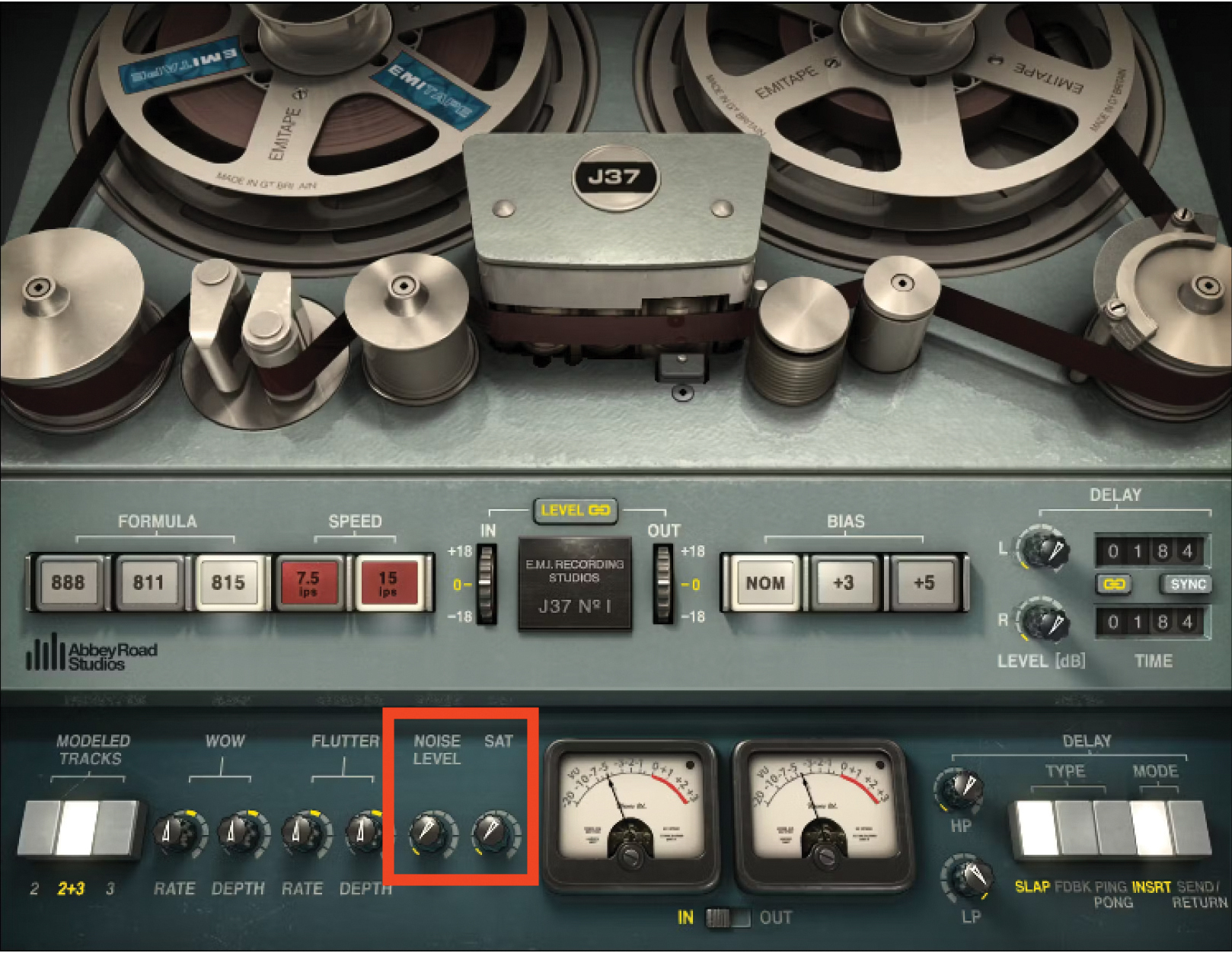
Let’s have a look and see why it’s such a fabulous tool and what it can do to your sound. First, the Noise control introduces tape hiss, like white noise, and the Saturation knob introduces analogue-style distortion.
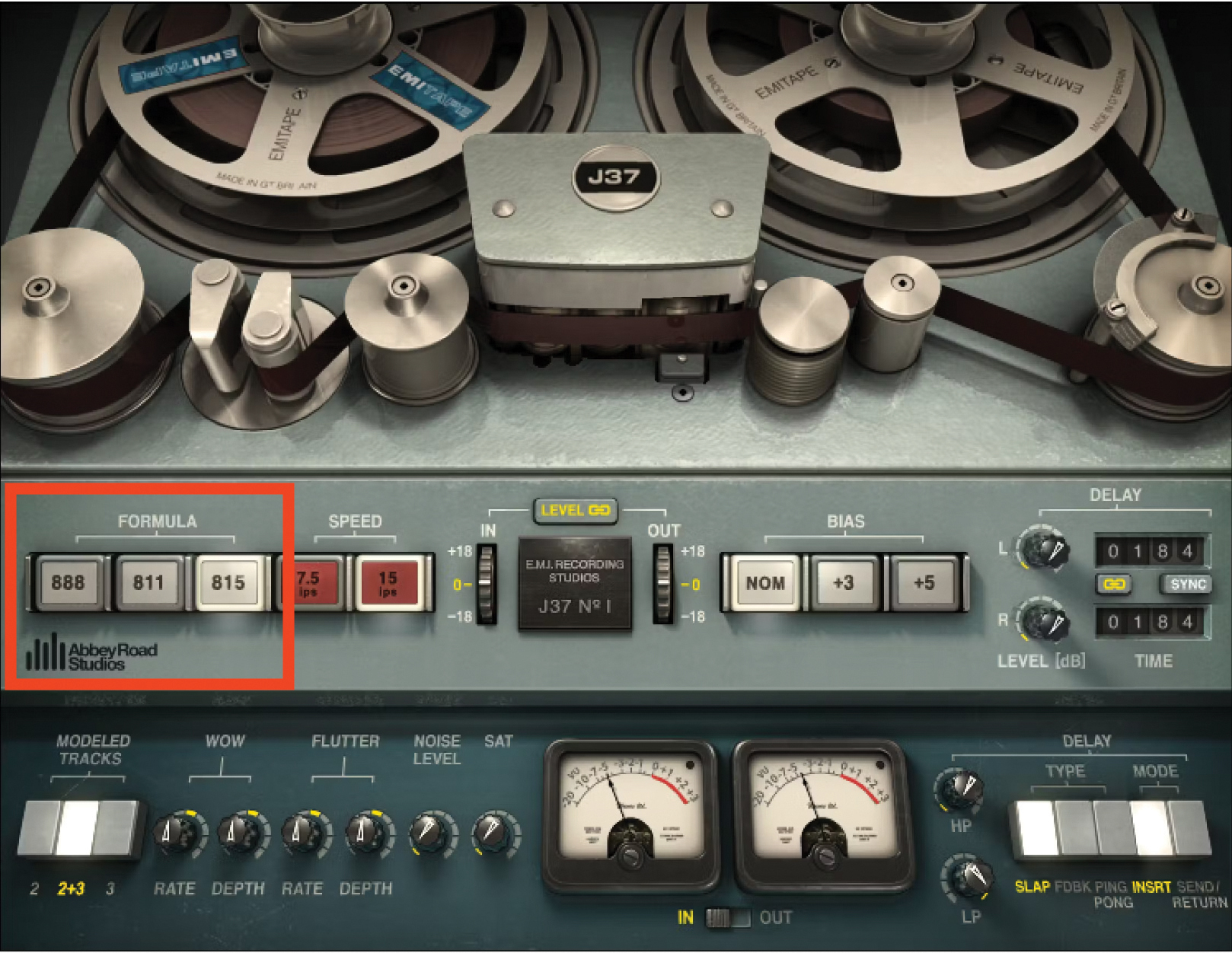
The type of tape (or formula) a recorder used was very important back in the day. The J37 plugin emulates three different tape types produced by EMI in the early ’60s (the 888), the mid ’60s (811) and ’70s (815), improving in sound quality as the years passed. This means you choose the 888 tape formula for a more vintage lo-fi sound; the 815 if you want sonic cleanliness.
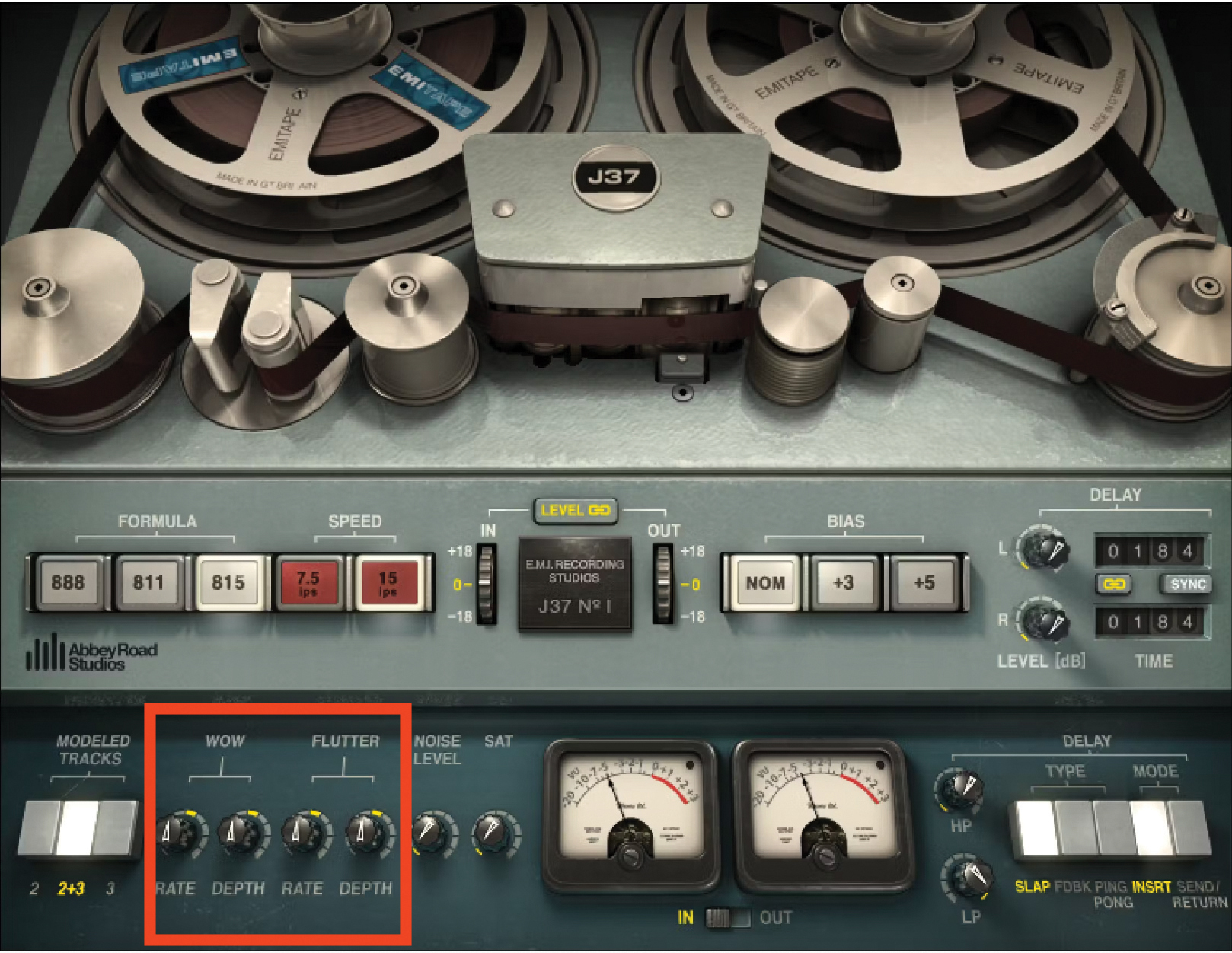
Wow and flutter were caused by the tape moving at irregular speeds, usually caused by imperfections in the tape recorder mechanism. These controls emulate the resulting pitch effects and can be anything from gentle chorus/tremolo (wow) or vibrato (flutter) right up to dramatic alien-like pitch effects. So tread with care!
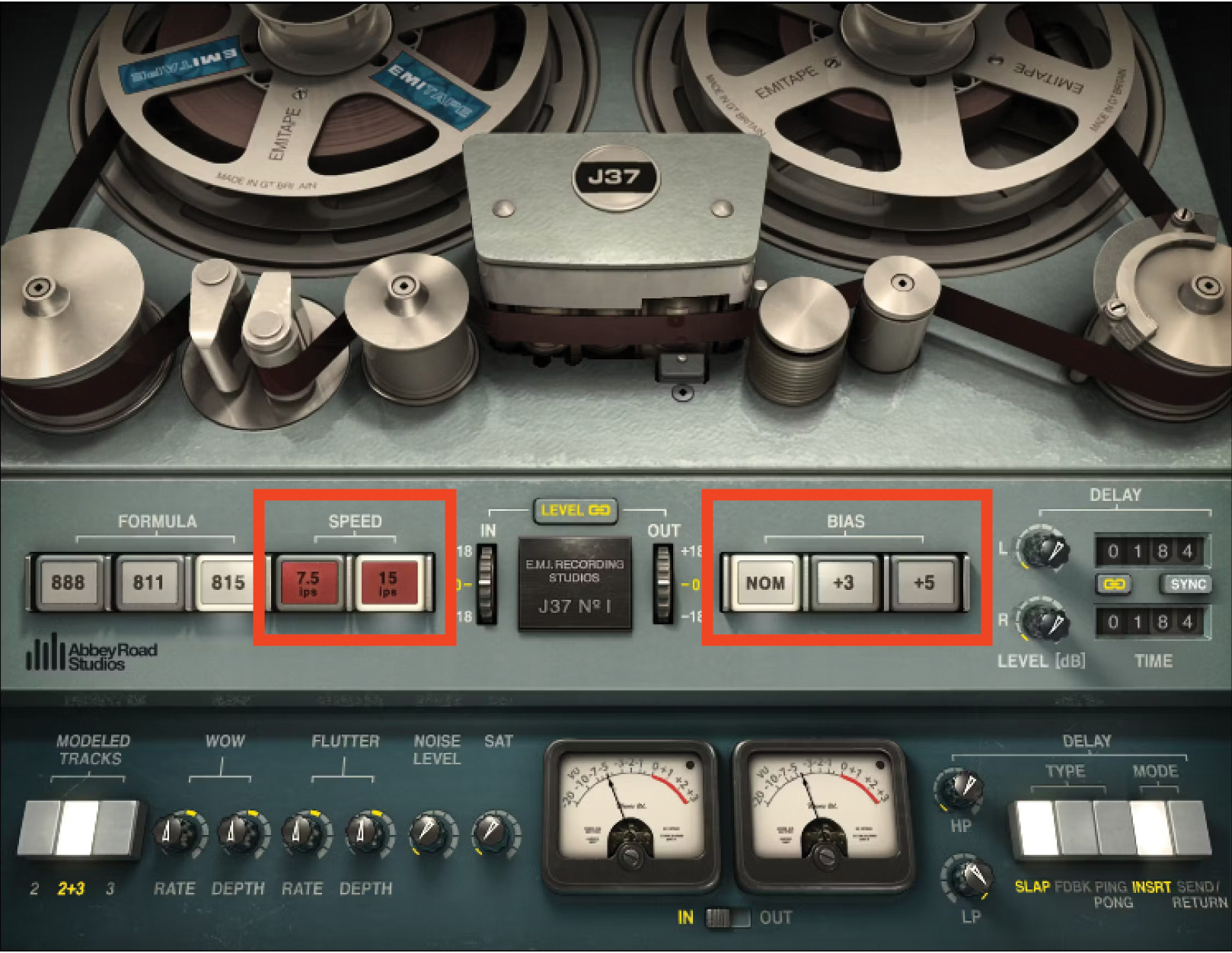
Speed and bias both impact the frequency response. The slower 7.5 inch per second speed gives a warmer low and high end; the faster 15ips is less coloured and flatter. Bias is a measure of the accuracy of the recording and, moving from left to right, increases the effect of the saturation created by the selected tape formula.
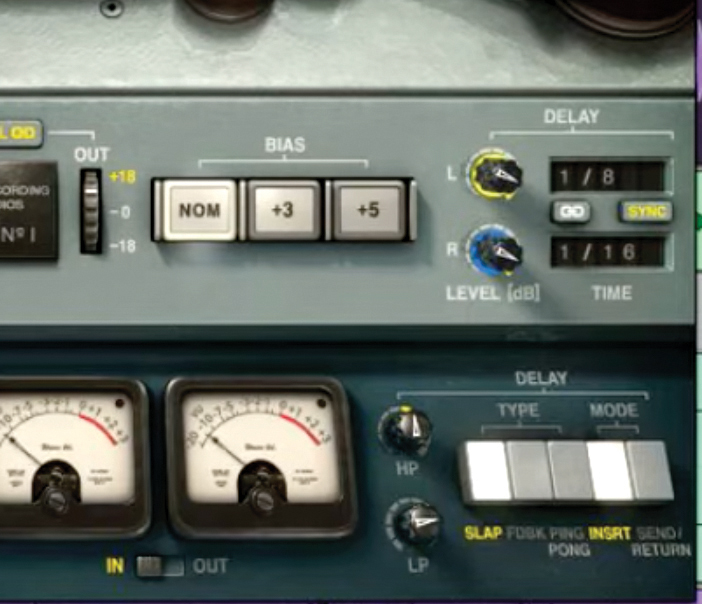
Many tape emulation plugins come with a built-in tape delay which emulates the sound of two machines working together to introduce the delay. The J37 plugin has a very flexible delay built-in that goes way beyond simple tape delays, but still sounds authentic.
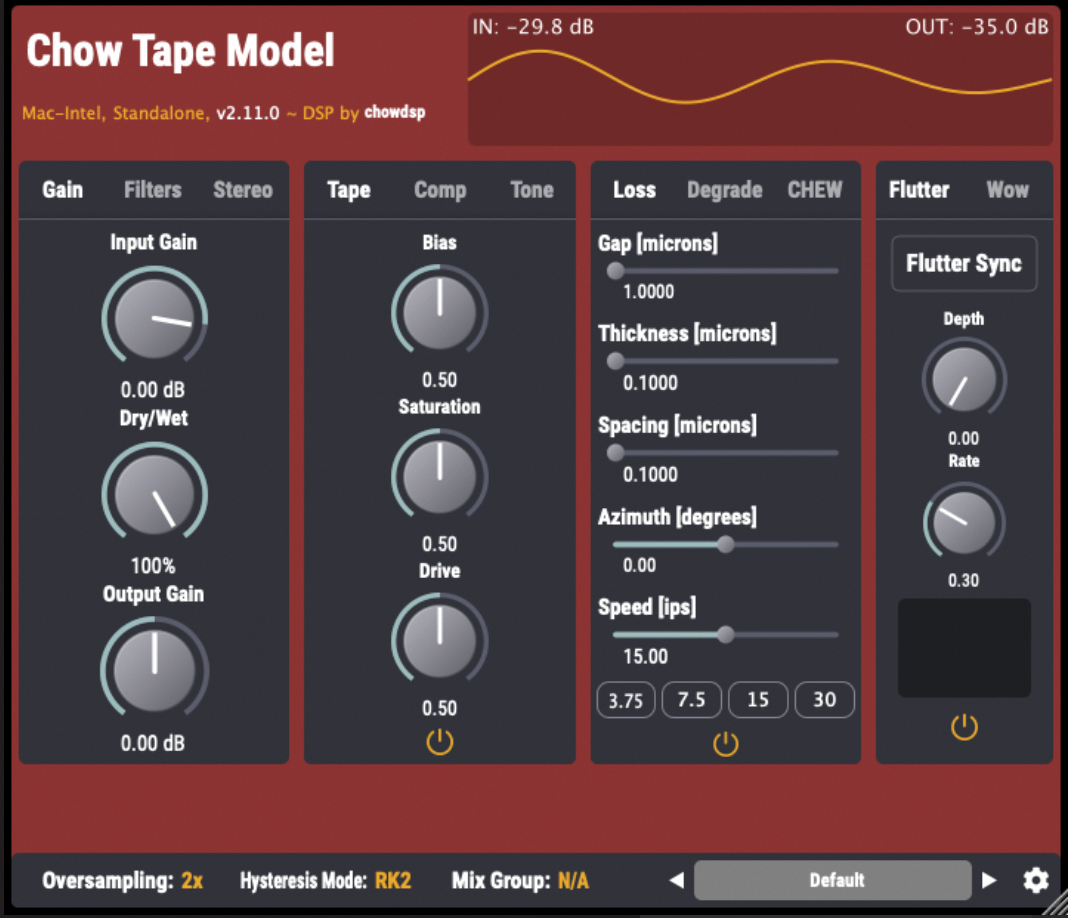
Want some free tape emulations? Try Chow DSP’s Chow Tape Model. It has many of the features we’ve discussed including speed, bias, tape type, wow and flutter. There’s no delay, but what do you expect for zero cash?
Want all the hottest music and gear news, reviews, deals, features and more, direct to your inbox? Sign up here.
Andy has been writing about music production and technology for 30 years having started out on Music Technology magazine back in 1992. He has edited the magazines Future Music, Keyboard Review, MusicTech and Computer Music, which he helped launch back in 1998. He owns way too many synthesizers.
